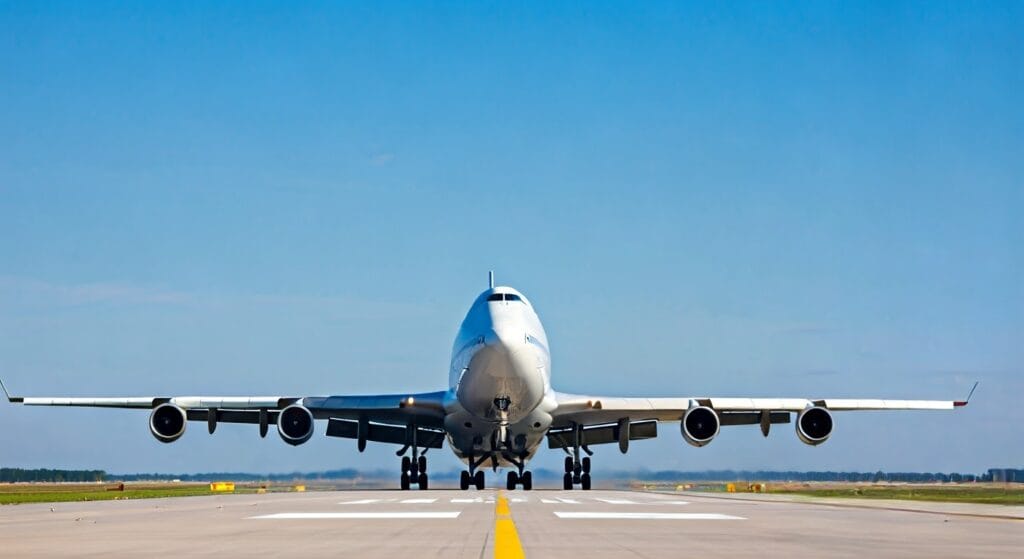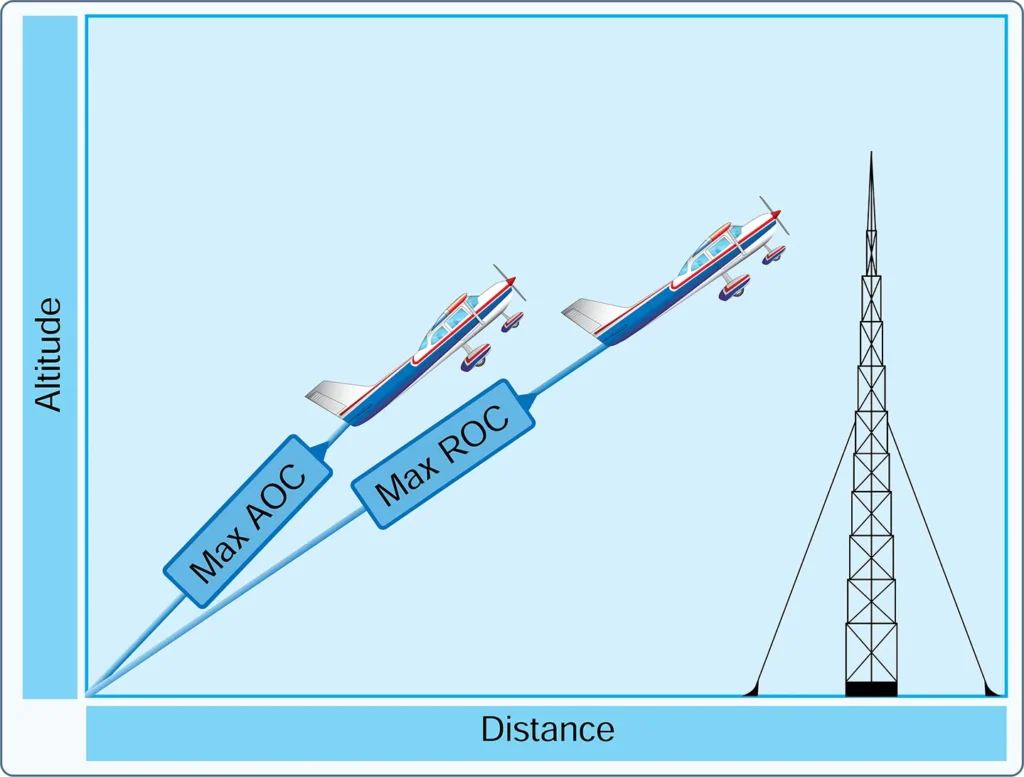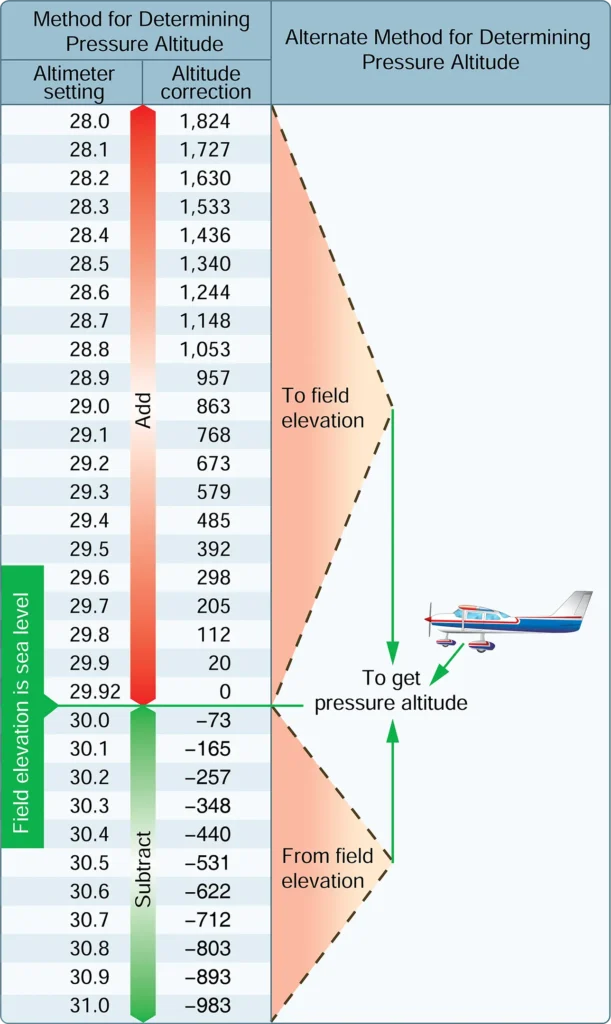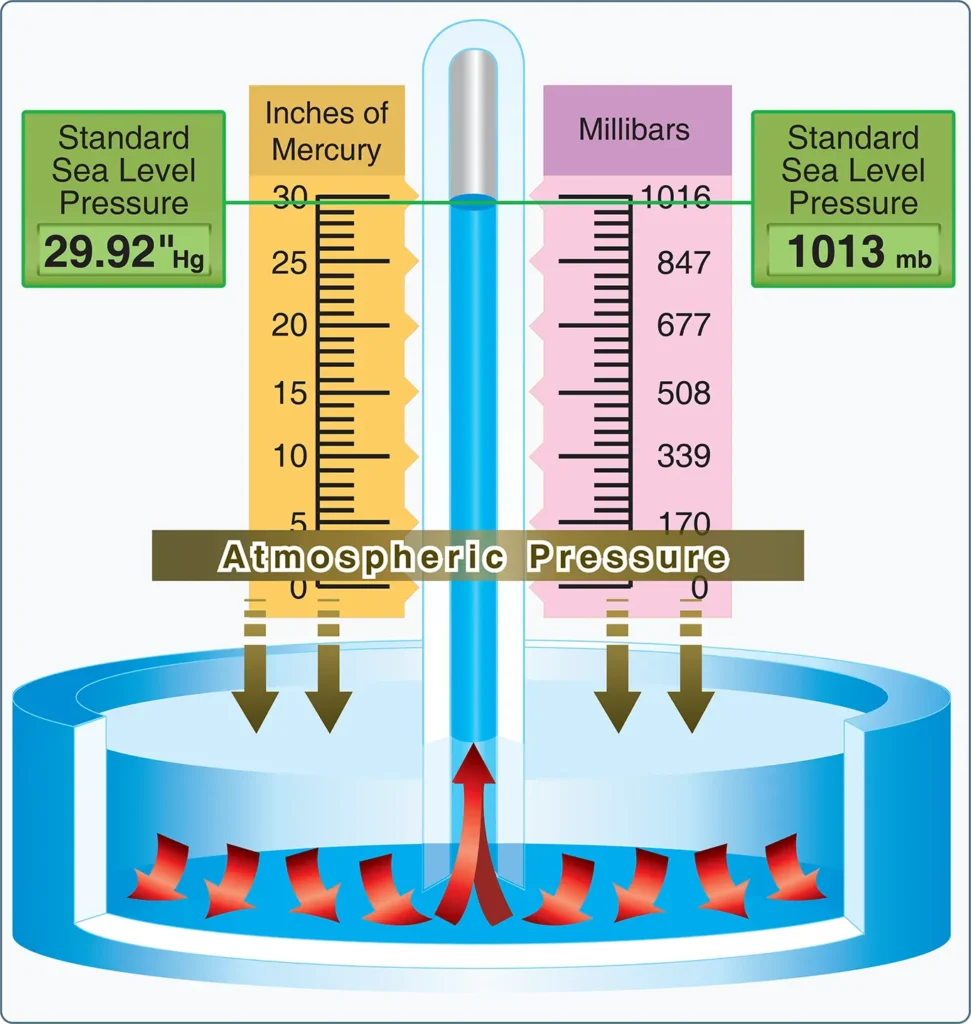Aircraft Performance
Aeronautical Knowledge, Flying TrainingThe performance or operational information section of the Aircraft Flight Manual/Pilot’s Operating Handbook (AFM/ POH) contains the operating data for the aircraft; that is, the data pertaining to takeoff, climb, range, endurance, descent, and landing. The use of this data in flying operations is mandatory for safe and efficient operation. Considerable knowledge and familiarity of […]




